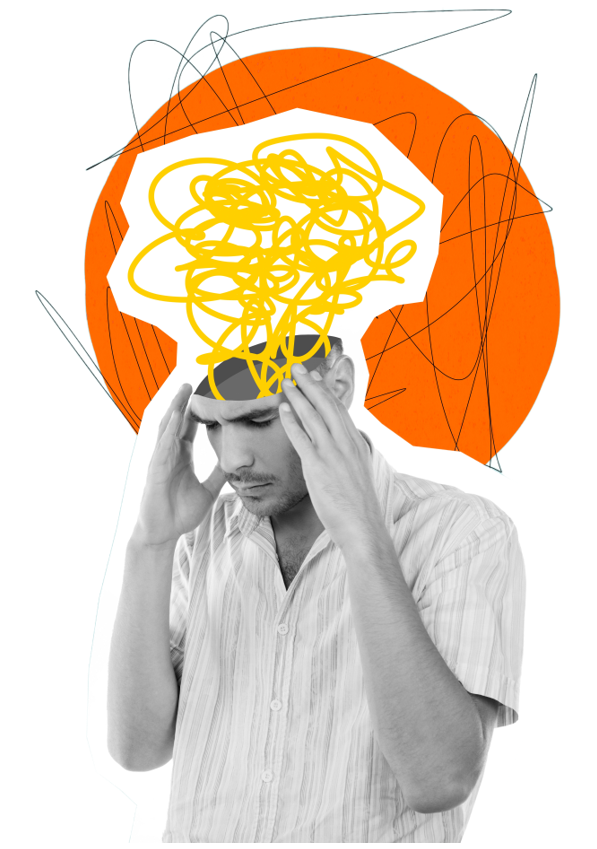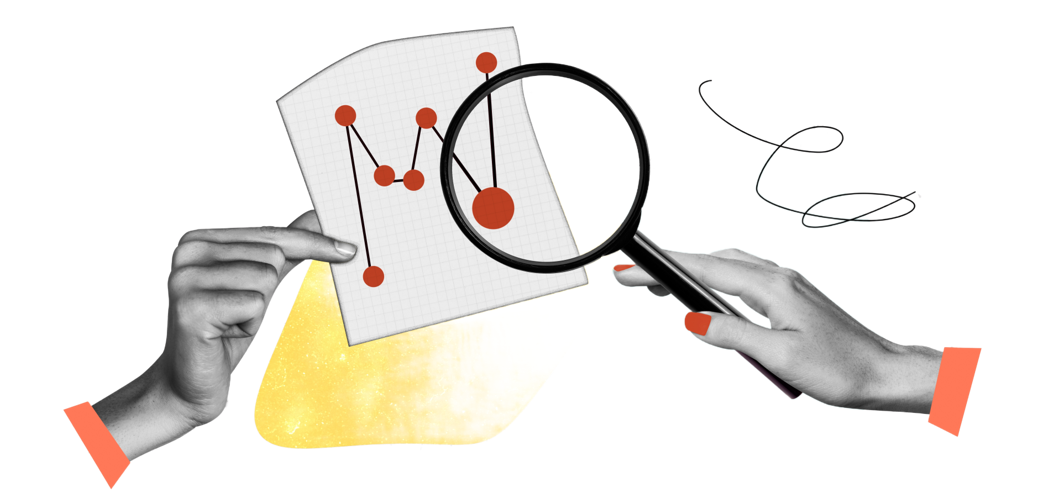How to Become a Day Trader
Reading time: 11 minutes
Day trading in the financial markets has grown in popularity and online trading has made it more accessible. Along with the other three main trading styles – ‘scalping’, ‘swing trading’, and ‘position trading’ – day trading requires a distinct set of skills. The good news is that these skills can be learnt, and day trading the markets is possible. However, learning will take time and dedication.
Unfortunately, while enrolling in a weekend course may get you a foot in the door and teach you the basics, it will not be sufficient to trade. For this reason, the FP Markets Research Team has created this comprehensive guide on where to begin and what to focus on most to become a day trader.
Psychology – Know Thyself
Understanding the importance of trading psychology is crucial to becoming a knowledgeable, well-rounded day trader. New traders commonly overlook this part of trading and favour strategy and analysis. However, even with the right strategy and efficient analysis, a lack of mental awareness can mean the difference between a successful trader and a losing one.

One of the first steps to attaining a trader’s mindset is accepting that you will sometimes be wrong and that not all of your trades will be successful. The quicker you understand and, more importantly, acknowledge this, the faster you will develop as a trader. It may seem counterintuitive to accept losing (and being wrong) when you need winning trades to make money, but this is the case. If losses are kept to a minimum and winning trades are left to run to their target, losses are simply a part of the trading business.
A professional trader will be the first to tell you that you cannot remove emotion. Eliminating emotion is impossible for a human. Even if you trade systematically (algorithmic trading), there is room for emotional error. Good day traders aim to learn to control their response to emotional triggers when trading. As you may expect, greed and fear are two common emotions which can lead to overtrading, excessive risk, and hasty decision-making – all of which are not conducive to a trader’s performance. Impatience and overconfidence are two other common emotional triggers which can lead to excessive risk-taking and overtrading. You may also want to explore cognitive and emotional investment biases for a deeper understanding.
There are several suggestions for achieving a trader’s mindset, ranging from ‘do not marry up to a position’, ‘do not act in anger’, ‘take a break following a loss or two losses’, and ‘do not watch the profit and loss value’. Unfortunately, although helpful, there is no ‘quick fix’ for learning to control your trading emotions. This can only be achieved by ‘doing’ the job and gaining experience.
The question of whether you should use a demo account (sometimes referred to as ‘paper trading’) is a good one when learning to become a day trader. Although opinions differ, a demo account demonstrates what is possible with little to no emotional involvement, as it provides real-time market conditions that you are able to trade with simulated money. Ultimately, whether you decide to use a demo account or not is trader-dependent. Once you have familiarised yourself with the features and order functions of a demo account, trading a small live trading account is an option that can help you immerse yourself and begin building your trading strategies, mindset, and understanding of risk.
Understand Trading Risk
As a day trader or any trader, you must learn to become accustomed to risk. Similar to trading psychology, do not overlook this vital part of a trader’s toolbox as it can have detrimental effects on your trading.
Many new traders often begin with trading accounts far too big. Despite the adage of ‘trade with money you can afford to lose’, very few accept that they will lose money trading, particularly in the beginning. Most of the focus is on how much money they will make and its impact on their lifestyle.
Traders believe they are comfortable losing a set amount of money, but when the time comes – a losing trade – they soon realise that a loss can be painful, and their subsequent response often initiates a series of ‘revenge trades’. This is trading immediately after a loss or consecutive losses, frequently with a larger position size. As you can imagine, this vicious cycle does not often end well.
The first step to controlling risk is to have a plan, a risk management strategy that details your approach. This usually begins with a predefined risk value, such as 1% of your account equity. It is vital to note at this point, as a new day trader, that you should start small. If you, a beginner day trader, believe you are comfortable risking US$100 per trade, half this value and then half it again. Trading is not a sprint; it is a marathon. The idea is to build your risk profile enough for you to become familiar with the risk so a loss or consecutive losses will not trigger an adverse psychological response.
Formulating a risk management plan will depend on the trader. While there will be differences among traders’ strategies, hallmarks of a good risk management approach include the following:
- Knowledge
This may surprise some of you, but there is no excuse for making mistakes due to a lack of knowledge. A comprehensive awareness of the trading instruments you trade is necessary. There is no room for inertia regarding your quest for knowledge. After all, trading is a never-ending learning journey.
For example, day traders must understand that some asset classes are inherently more volatile than others and recognise how certain asset types move in response to specific fundamental triggers. Suppose the US Federal Reserve (Fed) surprises the markets and increases the overnight rate by a quarter of a percentage point (0.25%). In that case, a day trader should understand that a rally in the US dollar (USD) and US Treasury yields will likely materialise, along with a drop in Stocks and Gold (XAU/USD).
- Stop-Loss and Take-Profit Orders
Risk management will include the use of a protective stop-loss order. This order helps ‘protect’ your position by closing the trade should it turn unfavourable. A take-profit order is similar but closes a position once a predefined profit objective has been reached.
Many day traders use both stop-loss and take-profit orders.
- Diversification and Hedging
Diversification refers to an investor spreading their investments among different asset classes, such as Stocks, Bonds, and Commodities, to achieve a diversified portfolio that balances risk and reward; diversification can be thought of as ‘not putting all your eggs in one basket’.
Hedging helps investors mitigate risk by executing positions in different markets to offset losses in one investment with gains in another. This can include the use of options and futures contracts. For example, buying put options to help reduce losses caused by a downturn in the Stock market. Companies also widely employ currency hedging to help reduce price variation in exchange rates when transacting with different currencies.
Day traders, however, trade the markets for income generation, and many close out their positions at the end of their trading day. This is not to say that professional day traders do not use hedging techniques as they do; this could be as basic as ‘direct hedging’ whereby currency traders open offsetting positions on the same currency pair to limit downside risk when volatility is expected.
A day trader’s approach, however, usually consists of risk management per trade. They risk a small, defined percentage of their account per trade to keep losses to a minimum and allow profits to run to reach their targets.
- Leverage and Position Sizing
Understanding how leverage works and how to calculate your position size is second nature for seasoned day traders. Without an understanding of how these two components work, it would be very difficult to manage risk.
Leverage allows taking on larger positions with a smaller initial investment value. Effective leverage can be calculated by dividing the total position size by your available account equity. With that said, leverage will usually be displayed as a fixed ratio: for example, 100:1 or 30:1. It is this ratio that is used to calculate margin (another essential term to understand). The margin is found by dividing the leverage ratio. So, if your account’s leverage is set to 30:1, divide 1 by 30 to get 3.3%. This is your margin percentage; 3.3% of the total position size will be required as margin to execute a trade.
Position sizing is how much money you wish to allocate to a trading position. This is done differently depending on the instrument traded and the account currency you trade with. For newer traders in the Forex market, consider checking out this article as well as parts two and three here and here for position sizing techniques.
- Trading Plan
Attempting to trade the markets without a well-defined written trading plan is often compared to driving without a map: you will get lost quickly unless you know the route. A trading plan should include everything needed to trade: your trading strategies (trading rules to enter and exit trades), the risk management approach, trading goals, the markets of interest, capital available to trade, and a trading journal. The list is not exhaustive; a trading plan should cover anything needed to function as a trader. Do not make the mistake of ignoring this crucial step.
Learn Technical and Fundamental Analysis
With an understanding of trading psychology and risk management, the next step is to learn how to generate buy and sell orders.
Technical analysis focusses on understanding trends by using a broad range of tools, including drawing applications to apply support and resistance and technical indicators, which are largely a derivative of price action and volume. Traders use technical analysis to help gauge when to enter and exit a market. It also helps define the risk-reward ratio of a trade; day traders generally aim for at least two times their risk.
Fundamental analysis differs depending on the instruments you trade. If you trade in the Forex market, you must understand macroeconomics, monetary policy, positioning, and sentiment. If you trade stocks, assessing the company’s income statement, balance sheet and cash flow statements is needed. Stock traders will also include macroeconomic studies and positioning data.

One important observation is backtesting. This is a crucial part of a day trader’s trading journey; backtesting a trading strategy and testing the entry and risk metrics in previous data helps identify whether the strategy possesses an edge and provides confidence to move forward.
Slow and Steady Approach
The problem with new day traders is they start too fast, trade too large for their comfort level, and effectively exhaust themselves and their account equity. Consider beginning trading with a demo account (as highlighted above). This allows you to become familiar with the trading tools, understand how to place orders, and locate tickers of interest. It also allows you to backtest to see if your day trading strategies are profitable.
Following a successful backtest, you can consider transitioning to a small live trading account and familiarise yourself with the risk profile you are comfortable with. Only once you can demonstrate consistency at this level should you consider depositing more funds into your account, allowing you to increase your trade size and build your trading account. Still, ensure you approach this incrementally; do not jump from US$300 to US$10,000. From US$300, assuming you can trade and generate a return over, say, three months consistently, consider increasing the account size to US$1,000, then to US$2,000, and maybe US$4,000.
FAQs:
1. What is day trading?
Day trading is a short-term approach that involves entering and exiting trades on the same day.
2. What are the skills required to become a day trader?
To become a day trader, a unique skill set is required: understanding trading psychology, risk management, and a well-defined trading strategy. A trading plan should outline each step clearly.
3. How many trading styles are there?
Four main trading styles exist: scalping and day trading (short-term), swing trading, and position trading (medium- to longer-term).
4. Is one trading style better than another?
There is no ‘best’ trading style; this will depend on several factors that are personal to each trader.
5. Where can I learn more?
With FP Markets, you have access to daily market analysis from industry experts; newer traders may also visit the FP Markets Academy, which provides clear ‘how-to' articles and videos.

